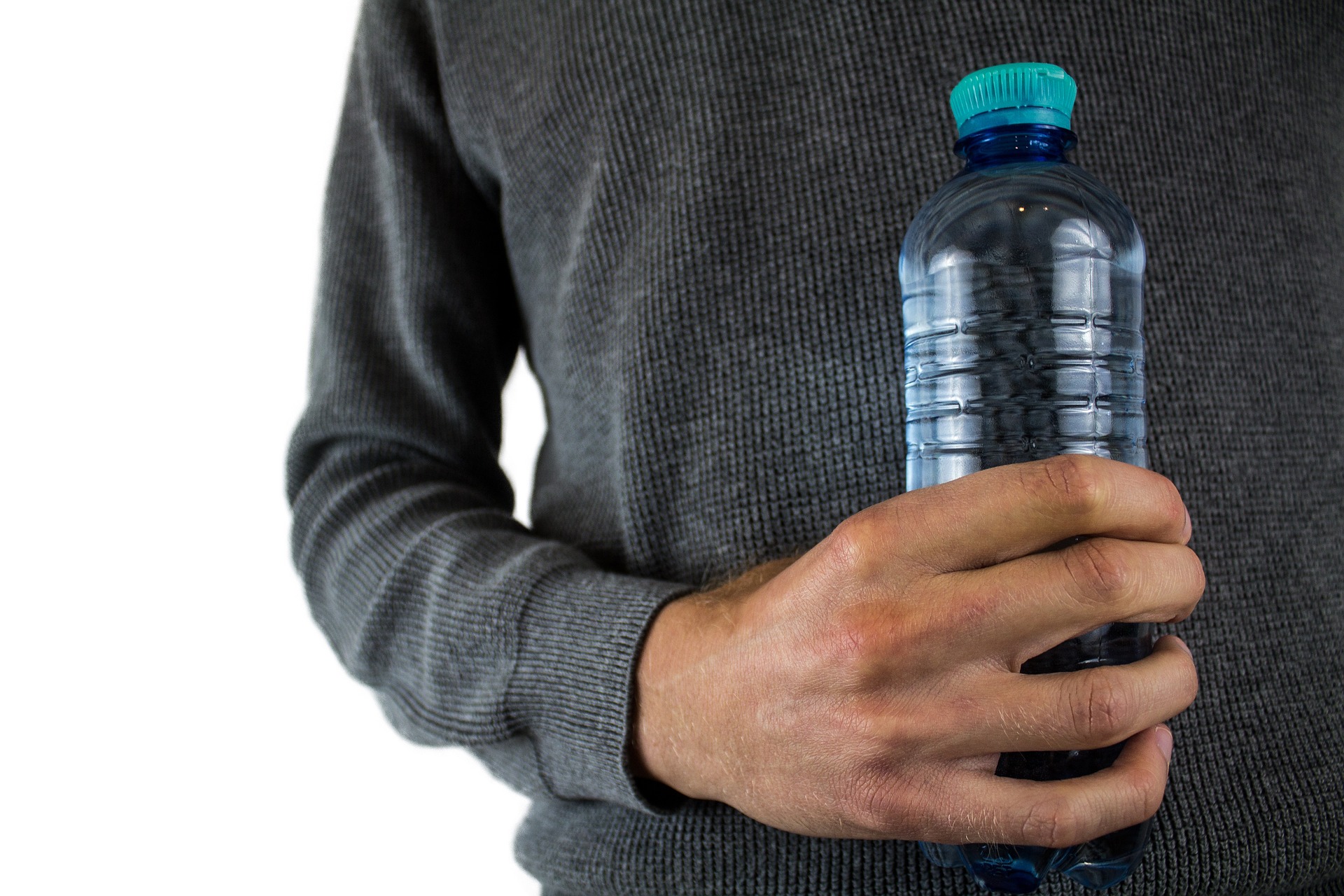Table of Contents
ToggleIntroduction:
BPA-free is a term commonly used in the world of plastic products, particularly in the packaging of food and beverages. It stands for Bisphenol-A free, which is a chemical compound used to make plastic. BPA is widely known for its harmful effects on human health, and as a result, many consumers are seeking products that are free from this chemical. In this article, we will explore what BPA is, its health effects, and the benefits of choosing BPA-free products.
What is BPA?
BPA is an industrial chemical used in the manufacture of polycarbonate plastics and epoxy resins. Polycarbonate plastics are commonly used to make food containers, water bottles, and baby bottles, while epoxy resins are used to coat the inside of food and beverage cans. BPA is also used in the production of thermal paper, such as receipts.
Health Effects of BPA:
BPA has been found to have adverse health effects on humans, particularly on the reproductive system. Studies have shown that exposure to BPA can cause infertility, obesity, diabetes, and even cancer. In addition, BPA has been found to have developmental effects, especially in fetuses and infants. Exposure to BPA during pregnancy can lead to adverse effects on the developing fetus, such as behavioral problems and developmental delays.
Benefits of BPA-Free Products:
Choosing BPA-free products can have several benefits, including:
Improved Health: BPA-free products are free from harmful chemicals that can have adverse effects on human health. By choosing BPA-free products, you can reduce your exposure to these chemicals and potentially reduce your risk of health problems.
Environmentally Friendly: BPA-free products are often made from materials that are more environmentally friendly than those that contain BPA. For example, many BPA-free products are made from materials like glass, stainless steel, or bamboo, which are more sustainable and renewable than plastics.
Better for Babies and Children: Babies and children are particularly vulnerable to the adverse health effects of BPA. By choosing BPA-free products, you can reduce their exposure to this harmful chemical and potentially improve their health.
Higher Quality: BPA-free products are often of higher quality than those that contain BPA. For example, BPA-free water bottles are less likely to develop cracks or scratches that can harbor bacteria and other harmful organisms.
How to Identify BPA-Free Products:
BPA-free products are labeled as such, and many manufacturers now use BPA-free materials to produce their products. When shopping for BPA-free products, look for labels that indicate that the product is free from BPA or other harmful chemicals. In addition, choose products that are made from materials like glass, stainless steel, or bamboo, which are less likely to contain BPA.
Conclusion:
BPA is a harmful chemical that has been linked to several adverse health effects. Choosing BPA-free products can have several benefits, including improved health, environmental sustainability, and higher quality. When shopping for BPA-free products, look for labels that indicate that the product is free from BPA or other harmful chemicals, and choose products made from sustainable materials like glass, stainless steel, or bamboo. By making these choices, you can reduce your exposure to harmful chemicals and potentially improve your health and the health of the planet.







